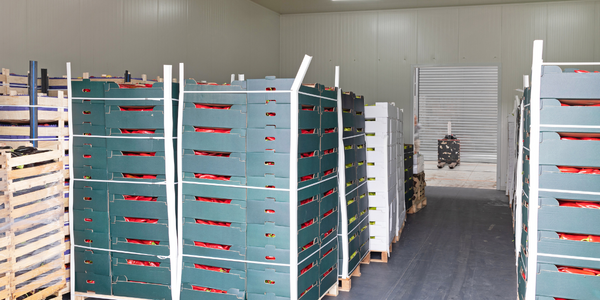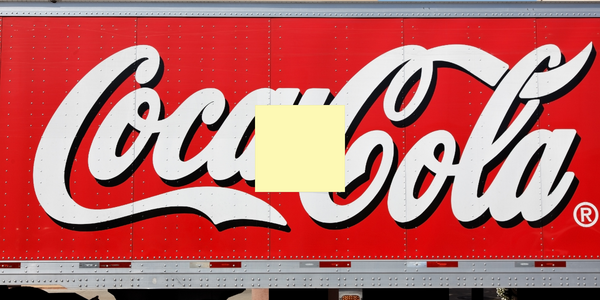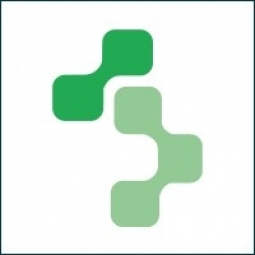Technology Category
- Platform as a Service (PaaS) - Application Development Platforms
Applicable Industries
- Food & Beverage
Use Cases
- Behavior & Emotion Tracking
- Leakage & Flood Monitoring
Services
- Testing & Certification
About The Customer
The customers of Fresh.Point are wholesalers and international traders in the European fruit and vegetable sector. These traders are involved in the process of assigning, reporting, and analyzing product tests for residue monitoring. They require a platform that can streamline this process, provide quality information, and reduce costs. They also need a tool that can provide insights into trends and best practices by comparing various factors such as products, residues, suppliers, regions, and periods of time. The customers are also managers who need a user-friendly business intelligence tool that allows them to independently browse data and create visualizations to support informed decision-making within their organizations.
The Challenge
The European fruit and vegetable sector faced a significant challenge in terms of residue monitoring. Wholesalers and international traders needed a platform that could streamline the process of assigning, reporting, and analyzing product tests. The lack of a collaborative platform resulted in inefficiencies, increased costs, and a lack of quality information. Furthermore, the sector lacked a comprehensive system that could provide insights into trends and best practices by comparing products, residues, suppliers, regions, and periods of time. The absence of a user-friendly business intelligence tool made it difficult for managers to independently browse data and create visualizations to support informed decision-making within their organizations.
The Solution
Fresh.Point, a collaborative residue monitoring platform, was introduced to address these challenges. It connected traders with food laboratories and supported the workflow of assigning, reporting, and analyzing product tests. By sharing this online infrastructure and functionality, as well as knowledge on residue monitoring and anonymized data, cooperating traders were able to increase process and information quality while reducing costs. Additionally, the FreshPoint Analytics add-on allowed traders to look at aggregated data from every imaginable angle. They could compare products, residues, suppliers, regions, and periods of time, enabling them to discover new trends at an early stage or track data correlations that may point to best practices. This Self-Service Business Intelligence add-on was designed to be extremely user-friendly, allowing managers to independently browse the data and create stunning visualizations with a few clicks.
Operational Impact
Quantitative Benefit

Case Study missing?
Start adding your own!
Register with your work email and create a new case study profile for your business.
Related Case Studies.

Case Study
The Kellogg Company
Kellogg keeps a close eye on its trade spend, analyzing large volumes of data and running complex simulations to predict which promotional activities will be the most effective. Kellogg needed to decrease the trade spend but its traditional relational database on premises could not keep up with the pace of demand.

Case Study
HEINEKEN Uses the Cloud to Reach 10.5 Million Consumers
For 2012 campaign, the Bond promotion, it planned to launch the campaign at the same time everywhere on the planet. That created unprecedented challenges for HEINEKEN—nowhere more so than in its technology operation. The primary digital content for the campaign was a 100-megabyte movie that had to play flawlessly for millions of viewers worldwide. After all, Bond never fails. No one was going to tolerate a technology failure that might bruise his brand.Previously, HEINEKEN had supported digital media at its outsourced datacenter. But that datacenter lacked the computing resources HEINEKEN needed, and building them—especially to support peak traffic that would total millions of simultaneous hits—would have been both time-consuming and expensive. Nor would it have provided the geographic reach that HEINEKEN needed to minimize latency worldwide.

Case Study
Energy Management System at Sugar Industry
The company wanted to use the information from the system to claim under the renewable energy certificate scheme. The benefit to the company under the renewable energy certificates is Rs 75 million a year. To enable the above, an end-to-end solution for load monitoring, consumption monitoring, online data monitoring, automatic meter data acquisition which can be exported to SAP and other applications is required.

Case Study
Coca Cola Swaziland Conco Case Study
Coco Cola Swaziland, South Africa would like to find a solution that would enable the following results: - Reduce energy consumption by 20% in one year. - Formulate a series of strategic initiatives that would enlist the commitment of corporate management and create employee awareness while helping meet departmental targets and investing in tools that assist with energy management. - Formulate a series of tactical initiatives that would optimize energy usage on the shop floor. These would include charging forklifts and running cold rooms only during off-peak periods, running the dust extractors only during working hours and basing lights and air-conditioning on someone’s presence. - Increase visibility into the factory and other processes. - Enable limited, non-intrusive control functions for certain processes.

Case Study
Temperature Monitoring for Restaurant Food Storage
When it came to implementing a solution, Mr. Nesbitt had an idea of what functionality that he wanted. Although not mandated by Health Canada, Mr. Nesbitt wanted to ensure quality control issues met the highest possible standards as part of his commitment to top-of-class food services. This wish list included an easy-to use temperature-monitoring system that could provide a visible display of the temperatures of all of his refrigerators and freezers, including historical information so that he could review the performance of his equipment. It also had to provide alert notification (but email alerts and SMS text message alerts) to alert key staff in the event that a cooling system was exceeding pre-set warning limits.

Case Study
Coca-Cola Refreshments, U.S.
Coca-Cola Refreshments owns and manages Coca-Cola branded refrigerators in retail establishments. Legacy systems were used to locate equipment information by logging onto multiple servers which took up to 8 hours to update information on 30-40 units. The company had no overall visibility into equipment status or maintenance history.







